Are you considering a carbon fiber prosthetic leg for enhanced mobility or sports performance? This cutting-edge material offers unparalleled strength, flexibility, and a lightweight build for maximum comfort. This article will explore how carbon fiber prosthetics provide superior movement and durability, their applications from daily use to the Paralympics, and what to keep in mind while selecting one.
Key Takeaways
- Carbon fiber prosthetic legs offer superior strength-to-weight ratio, durability, and performance, enabling remarkable mobility and comfort for users across various terrains, including athletes in competitive sports.
- Technological innovations such as 3D printing, sensor integration, and nanotechnology are continually advancing the design and functionality of carbon fiber prosthetics, improving the quality of life for amputees.
- The selection of a carbon fiber prosthetic leg is highly personalized and requires consideration of individual lifestyle, activity level, cost factors, and the potential limitations based on medical conditions.
The Power of Carbon Fiber in Prosthetic Legs
As a composite material, carbon fiber is revolutionizing the prosthetics world with its remarkable properties. Its core advantage stems from its durability and strength, providing a superior strength-to-weight ratio compared to conventional prosthetic materials. The use of carbon fiber material in prosthetics showcases the potential of these innovative composite materials.
The lightweight yet robust nature of materials with elastic energy makes it an ideal choice for prosthetic legs, providing the wearer with a durable and comfortable solution that can enhance mobility across various terrains, including those that challenge the human foot. With the advancements in technology, prosthetic feet have become more efficient in mimicking the natural movement of a human foot, making use of the elastic energy stored within the materials.
High Strength-to-Weight Ratio
One of the standout features of carbon fiber, also known as carbon fibre, is its high tensile strength-to-weight ratio. This balance between strength and weight is achieved by combining carbon fibers, which provide strength, with a matrix material that contributes flexibility. This unique combination allows for prosthetic devices that are exceptionally durable and lightweight, making them perfect for daily use and athletic activities.
Moreover, the impressive strength-to-weight ratio of carbon fiber enhances the mobility and comfort for users. The use of carbon fiber in prosthetics brings to the fore the perfect blend of lightweight design and durability, offering superior strength and stiffness compared to materials such as steel or aluminum.
Flexibility and Comfort
Carbon fiber prosthetics surpass others in terms of comfort and flexibility, especially when a prosthetic foot compared to other materials is taken into account. The combination of carbon fibers for strength and a polymer for flexibility results in a prosthetic leg that can adapt to various terrains and movements, providing a natural range of motion for the user. This flexibility is a game-changer, equipping the wearer with carbon fibre prostheses that feel less like a machine and more like an extension of their body.
The comfort of carbon fiber prosthetics has been further augmented by recent advancements. By tailoring these advanced prosthetics to address the specific requirements of amputees, the industry has significantly improved their comfort, efficiency, and resemblance to natural limbs. This means that users can enjoy enhanced mobility and an overall better quality of life.
Aesthetic Appeal
The aesthetic appeal of carbon fiber prosthetics is not to be ignored, in addition to their functionality. Offering a streamlined and contemporary look, carbon fiber prosthetics are as visually appealing as they are functional. Their robustness, adaptability, and longevity further add to their impressive visual appeal, setting them apart from prosthetics crafted from other materials.
Moreover, customization options for carbon fiber prosthetics are abundant. From custom acrylic socket lamination to silicone skins users can personalize their prosthetics to reflect their individual style and preferences. With such a wide range of design options available, users can find a prosthesis that not only meets their physical requirements but also aligns with their personal aesthetic preferences.
Real-Life Applications of Carbon Fiber Prosthetic Legs

Carbon fiber prosthetics’ benefits are not confined to laboratories and research facilities. In real-world applications, these innovative devices are transforming lives, offering enhanced performance and comfort for both Paralympic athletes and everyday users.
Whether it’s breaking records on the track or simply making daily activities easier, carbon fiber prosthetics are making a tangible difference.
Paralympic Athletes
The world of Paralympic sports is a testament to the power and potential of carbon fiber prosthetics. Renowned Paralympic athletes like Oscar Pistorius and Blake Leeper are perfect examples of how carbon fiber prosthetics can enhance athletic performance. Thanks to their lightweight and durable nature, these prosthetics enable more efficient and effective movement. They mimic natural leg movements, providing a responsive and natural feel, which ultimately leads to improved speed, agility, and overall athletic performance.
In sports such as basketball, volleyball, sprinting, and long jump, carbon fiber prosthetics offer enhanced mobility and stability. The International Paralympic Committee (IPC) has established explicit rules and guidelines for carbon fiber prosthetics, promoting safety and fairness in competitions. As a result, athletes utilizing carbon fiber prosthetic legs have achieved world records in disciplines including the 200-meter sprint, long jump, and various throwing events, demonstrating their competitive prowess.
Everyday Users
Although Paralympic athletes’ achievements are certainly notable, everyday users also greatly benefit from carbon fiber prosthetics. These prosthetics offer superior strength, durability, and resistance to corrosive elements, making them an excellent choice for daily use. They provide users with improved comfort and stability, making tasks like walking, climbing stairs, and moving quickly and easily a breeze.
Moreover, the use of carbon fiber prosthetics has been linked to improved mental well-being. Users have reported that these prosthetics enable them to walk normally and even participate in sports activities, thanks to the inclusion of special carbon springs. This has notably improved their overall quality of life, changing societal perceptions of disability and proving that limitations can indeed be overcome.
Technological Advancements in Carbon Fiber Prosthetics
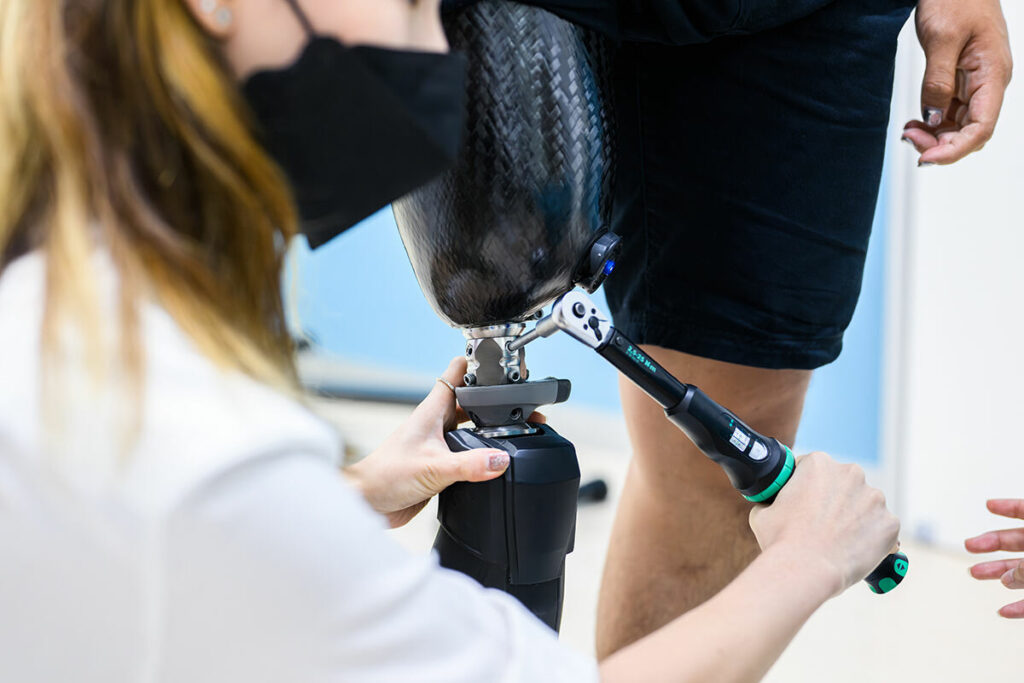
With the fast-paced evolution of the prosthetics field, technological advancements are consistently improving carbon fiber prosthetics’ performance and functionality. Innovations such as 3D printing, sensor integration, and nanotechnology are just some of the developments that are pushing the boundaries of what is possible with prosthetics.
3D Printing
The production of carbon fiber prosthetics has been revolutionized by 3D printing technology. By enabling the creation of custom-designed prosthetic legs, 3D printing allows for personalized prosthetics that are tailored to the individual’s needs. This not only improves the fit and comfort of the prosthetic but also enhances its durability, thanks to the incorporation of carbon fiber particles and distal reinforcement.
The materials utilized in the 3D printing process of carbon fiber prosthetic legs encompass carbon fiber reinforced filament, epoxy resins, plastics such as polyethylene, polypropylene, acrylics, and polyurethane, and alternative structural composites. The use of these materials in the 3D printing process has resulted in prosthetics that are not only more durable and comfortable but also significantly lighter, leading to improved mobility and quality of life for the user.
Nanotechnology Enhancements
Nanotechnology is another area of technology that holds immense potential for the advancement of carbon fiber prosthetics. By utilizing nanomaterials, nanotechnology can enhance the properties of prosthetic materials, contributing to patient satisfaction and an improved quality of life.
Recent advancements in nanotechnology for carbon fiber prosthetics have seen the development of new hybrid nanomaterials. These materials enhance performance and provide improved functionality, durability, and comfort. As such, prosthetics with nanotechnology enhancements are now available on the market, offering functional enhancements, improved performance, and a notably enhanced quality of life for users.
Weighing the Pros and Cons: Is Carbon Fiber Right for You?
Even though carbon fiber prosthetics have numerous benefits, potential drawbacks should also be taken into account. Factors such as cost and suitability for different patients need to be taken into account when deciding whether carbon fiber prosthetics are the right choice for you.
The Cost Factor
One of the main considerations when choosing a carbon fiber prosthetic leg is the cost. The typical price range for a carbon fiber prosthetic leg varies from 6,500 Euro to 72,000 Euro, depending on the brand and level of advancement. This is a significant investment, and one that may not be feasible for all patients.
However, the high cost of carbon fiber prosthetics can be offset by their prolonged durability and reduced maintenance requirements. While the initial cost may be higher, the long-term benefits and potential cost savings make them a valuable investment for many users. Additionally, the coverage provided by insurance can significantly reduce the financial burden for patients.
Suitability for Different Patients
The suitability of carbon fiber prosthetics varies depending on several factors. Lifestyle and activity level play a crucial role in determining the appropriateness of these prosthetics. Highly active patients or individuals engaged in sports often prefer carbon fiber prosthetics for their enhanced durability, mobility, and the potential to improve sports performance.
However, specific medical conditions may restrict the use of carbon fiber prosthetic legs. For instance, individuals with a heightened susceptibility to lumbar-spine or lower limb overuse injuries may need to consider other options. It’s also important to consider the coverage provided by insurance when deciding on a carbon fiber prosthetic, as the extent of coverage is contingent upon the individual’s policy.
Selecting the Right Carbon Fiber Prosthetic Leg
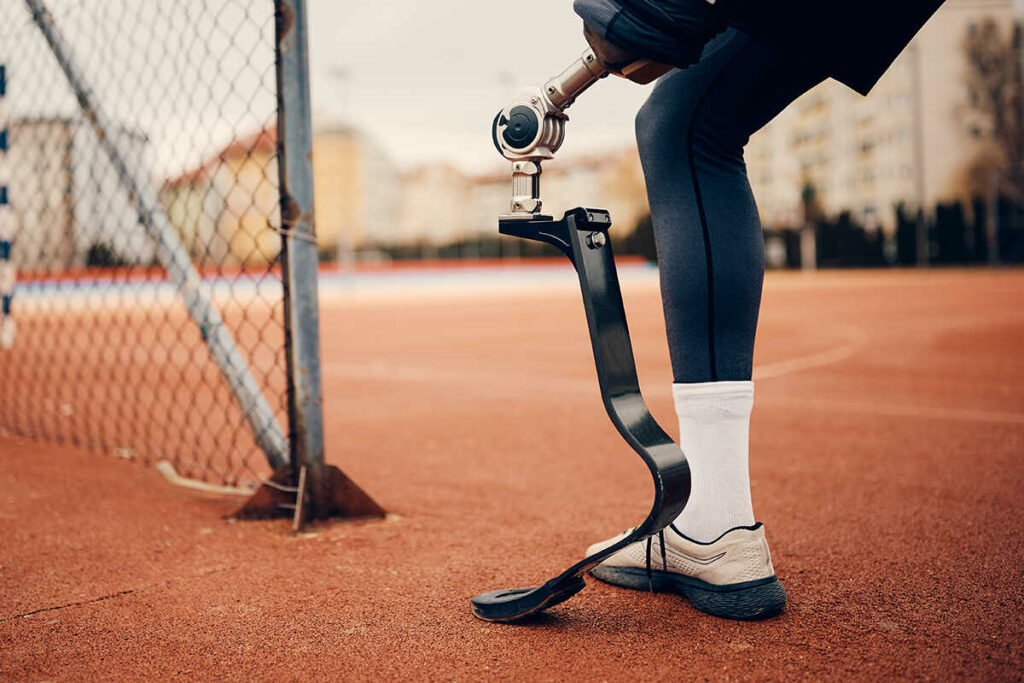
To choose the right carbon fiber prosthetic leg, you need to carefully evaluate your personal needs and compare different brands and manufacturers. It’s important to consider factors such as:
- Your lifestyle
- Your activity level
- Your amputation level
- Your personal preferences
These factors will help you select a prosthetic leg, which is one of the various orthotic and prosthetic devices, that will best serve your needs.
Assessing Your Needs
Several factors should be considered when assessing your needs for a carbon fiber prosthetic leg. Your lifestyle and activity level are important considerations, as these will determine the type of prosthetic that will best suit your needs. For example, if you lead an active lifestyle or participate in sports, you may require a more robust and flexible prosthetic.
Budgetary factors should also be considered. The cost of carbon fiber prosthetics can vary significantly, and it’s important to find a prosthetic that fits within your budget. However, it’s also crucial to consider long-term costs, such as maintenance and replacement, as well as the potential impact on your quality of life.
Comparing Brands and Manufacturers
Once you have assessed your personal needs, it’s time to compare different brands and manufacturers. Renowned producers of carbon fiber prosthetic legs, such as Ottobock and Össur, offer a range of options with varying features and price points. It’s important to research these brands and consider factors such as durability, functionality, comfort, and cost when making your decision.
Customer feedback is also a valuable resource when comparing brands and manufacturers. Reading reviews and testimonials can provide insights into the experiences of other users, helping you to make an informed decision. Remember, the best prosthetic leg for you is the one that best meets your individual needs and preferences.
Summary
In conclusion, carbon fiber prosthetic legs offer a wealth of benefits, from their impressive strength-to-weight ratio and flexibility to their aesthetic appeal and real-world applications. Advancements in technology are continually enhancing the functionality of these prosthetics, making them a viable option for both Paralympic athletes and everyday users. However, it’s important to weigh the pros and cons, considering factors such as cost and suitability, when deciding if a carbon fiber prosthetic leg is the right choice for you. Ultimately, the selection of the right prosthetic leg is a personal decision that should be based on careful consideration of your individual needs and circumstances.
Frequently Asked Questions
How much does a carbon fiber prosthetic leg cost?
The cost of a carbon fiber prosthetic leg can vary depending on factors such as design and technology used.
Is carbon fiber good for prosthetics?
Yes, carbon fiber is good for prosthetics because it reduces weight, provides corrosion resistance, and is non-toxic.
What makes carbon fiber suitable for use in prosthetic legs?
Carbon fiber is suitable for use in prosthetic legs due to its durability, lightweight nature, resistance to corrosion, and fatigue resistance, making it an ideal material for this purpose.





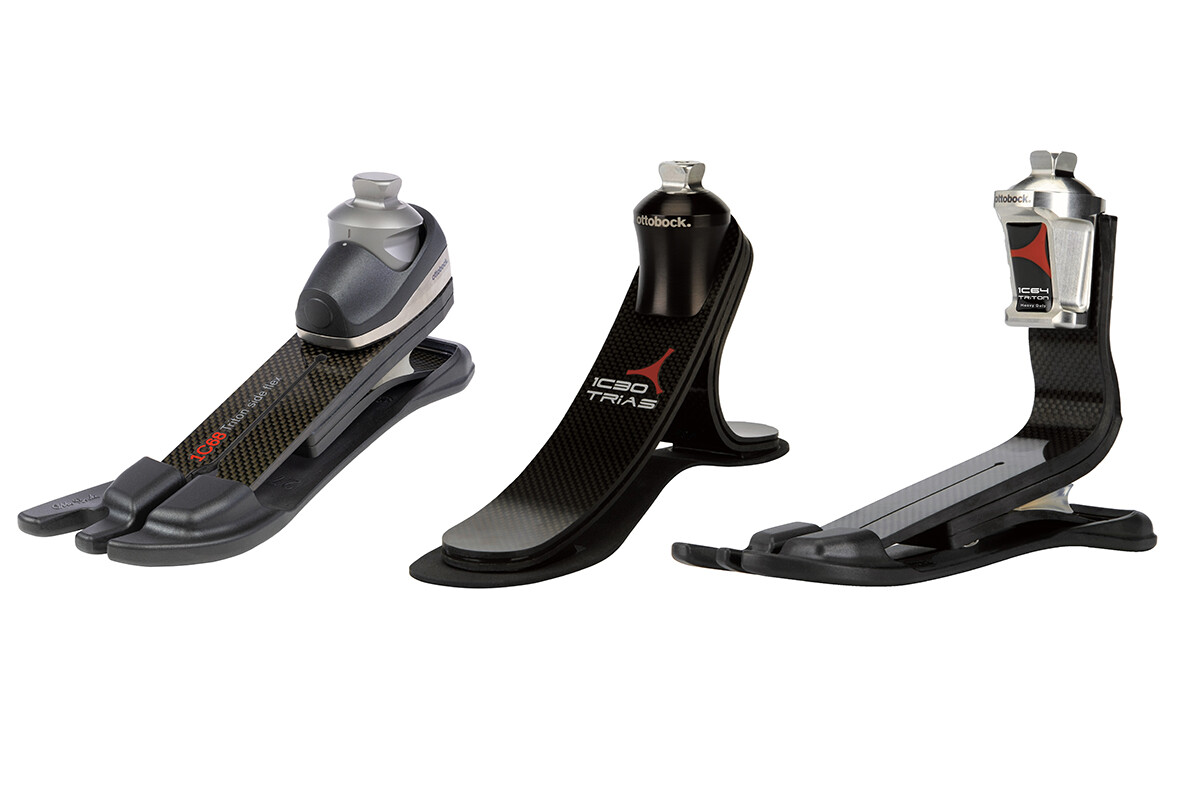
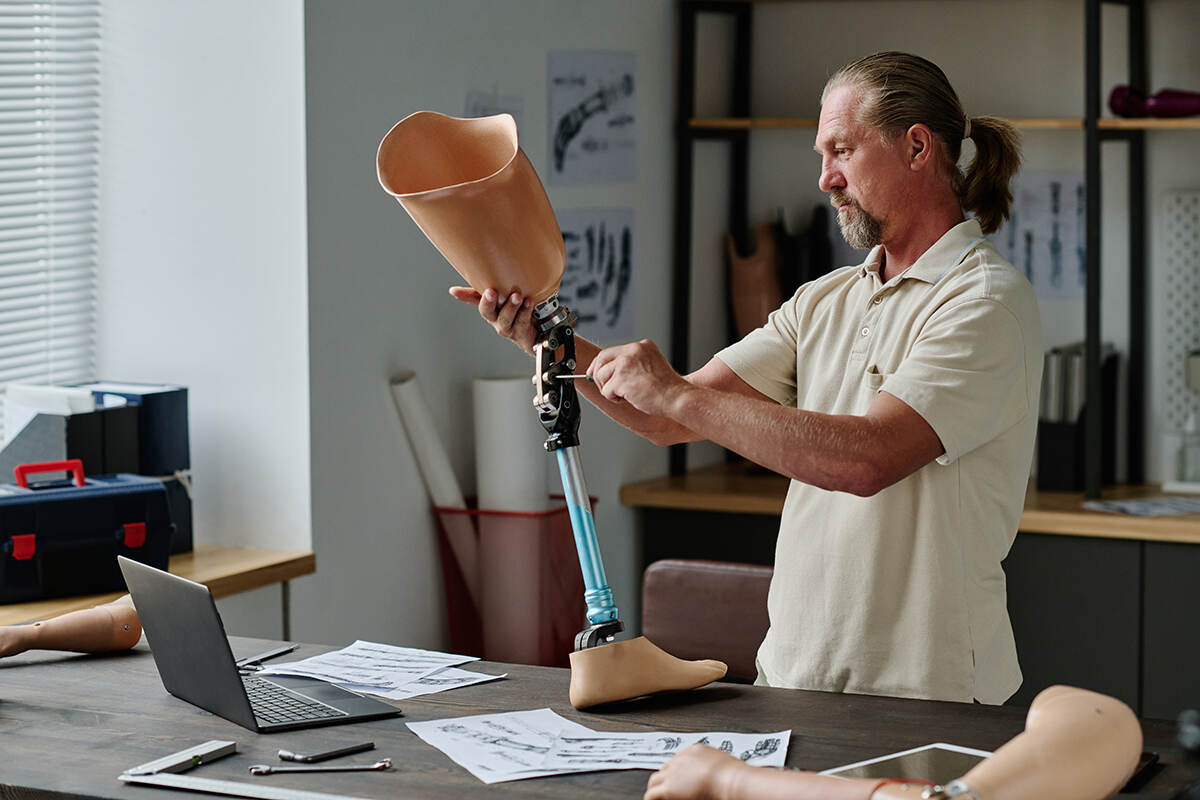
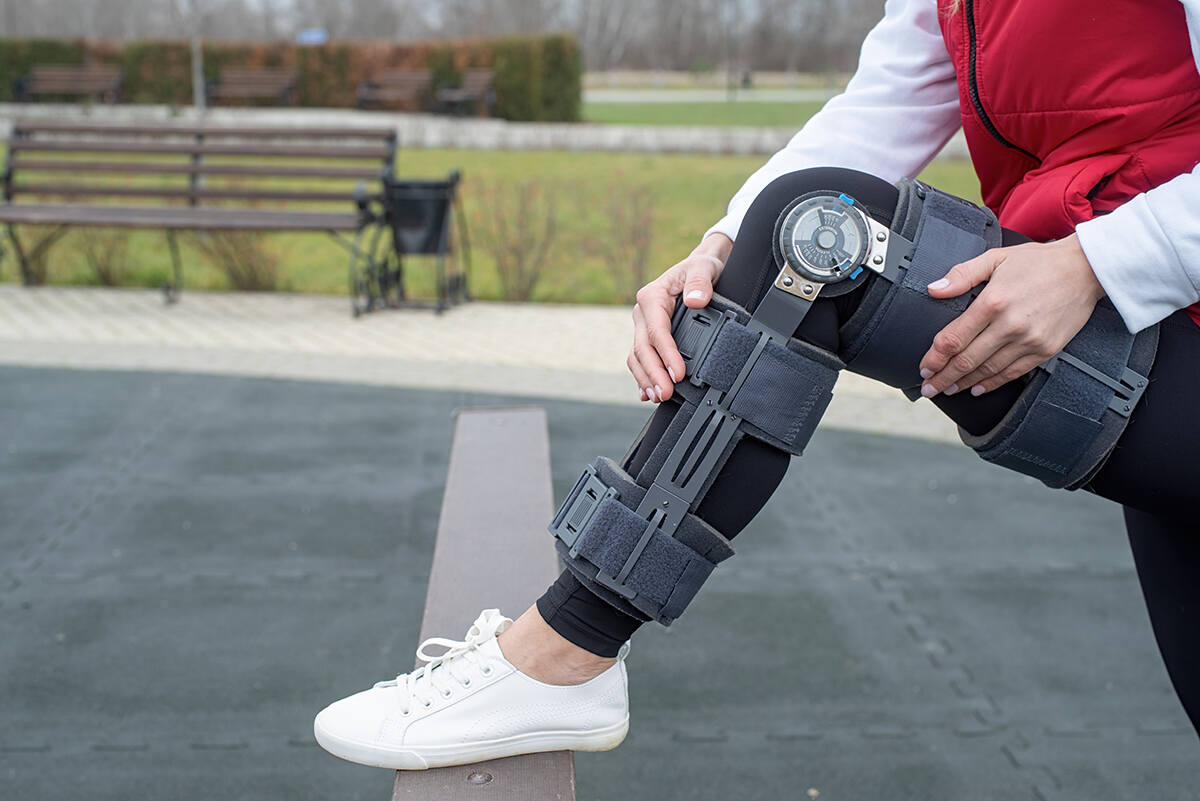
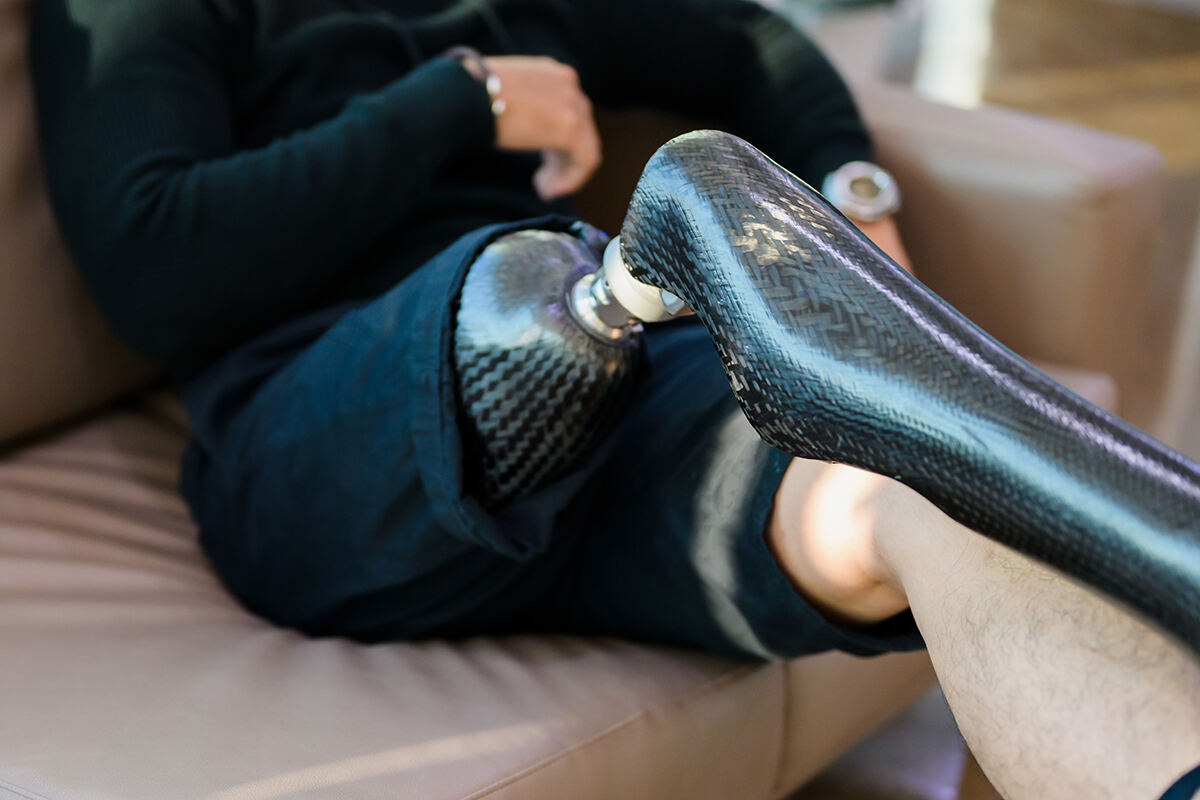

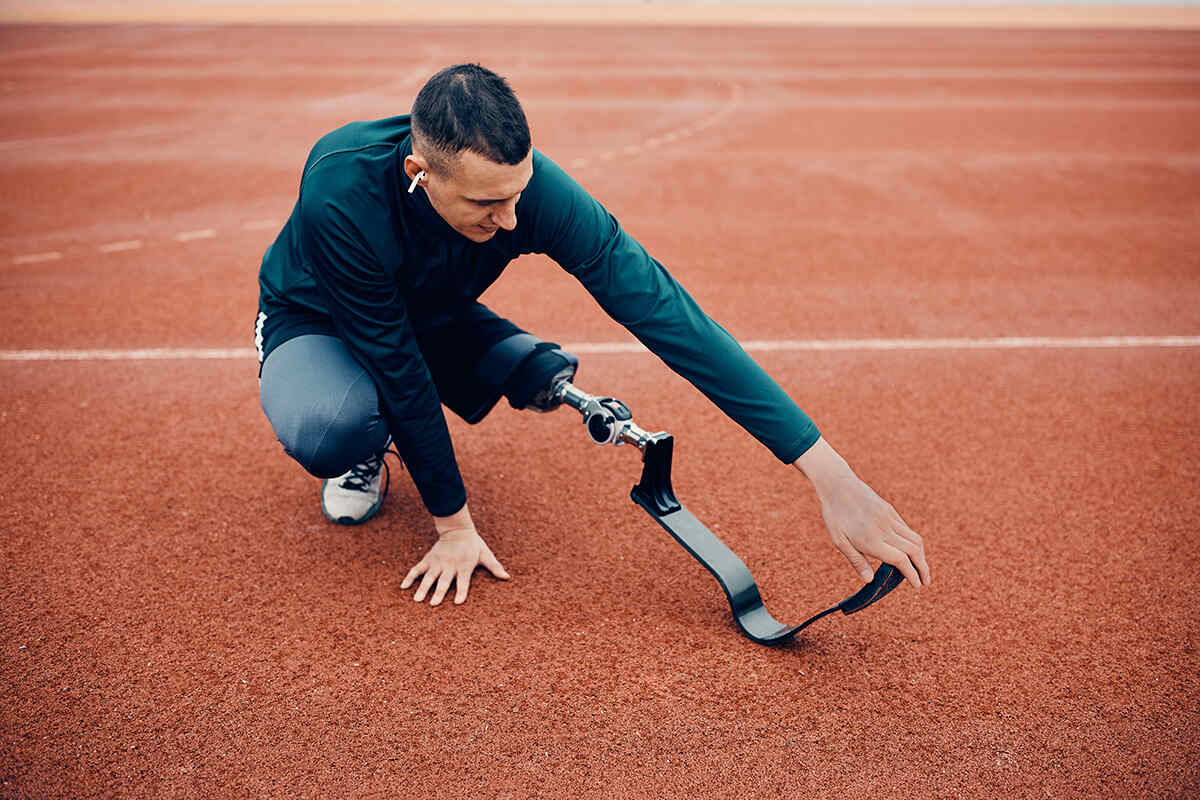
Leave a Reply
You must be logged in to post a comment.